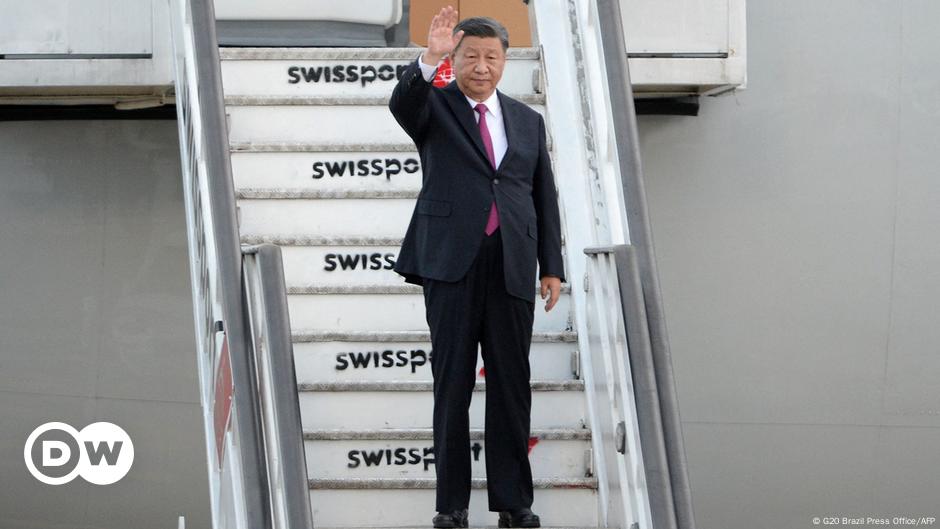Having seen two productions of L’Avare (The Miser) this autumn, I think I still like my Harpagon the old-fashioned way: as a petulant and uncouth parvenu. We know very little, however, about how Jean-Baptiste Poquelin, better known as Molière, rendered his stingy protagonist. He took on the lead role himself when the prose comedy was first shown in 1668. And was there a touch of self-mockery there? No miser himself, Molière was, at any rate, born bourgeois in a society dominated by aristocrats. (His father was a carpet merchant with a comfortable station in Louis XIV’s retinue). Unlike Tartuffe (1669), which lampooned the hypocrisies of official religion, L’Avare seems designed to please, with a flair of consensual moralism in its ostensible subject, one of the Bible’s great sins. But the comedy did not land in its initial Paris production. L’Avare only caught on in its staging, as per the king’s orders, at Saint-Germain-en-Laye, a royal suburb in the emerging galaxy around Versailles.
There’s a lot in L’Avare for that kind of audience. Harpagon, living by and for his money-filled “cassette”, or casket, is the butt of the joke in what is ultimately a comedy of manners about how to spend it, as the FT might say today. Not quite a cautionary tale about greed, it traffics more in mocking the not-quite-rich-enough. “One must eat to live, and not live to eat”, Harpagon tells his chef, Maître Jacques, who doubles, thanks to the household belt-tightening, as coachman. Avoiding a refined liberality, they pare down the meal to the bare minimum required for the occasion, at the play’s climax, when Harpagon introduces his desired new bride, Mariane, to his orphaned children. But Cléante, Harpagon’s son, also loves her. Harpagon no more appreciates that competition than the thought of his daughter, Élise, marrying Valère, the valet. Anselme, a wealthy nobleman, has agreed to marry her without asking for a dowry – but it turns out that he’s the father of both Valère and Mariane. Reeling to recover his stolen casket, Harpagon accepts his children’s desired relationships for the return of his fortune. The plot is a formality throughout; Harpagon’s moneyed tastelessness does the heavy lifting in L’Avare, a master stroke in comic punching down.
The director Clément Poirée makes an honourable attempt to de-Versailles the play in a new production that ran at the Théâtre de la Tempête in eastern Paris this September and October before starting on a national tour. Without ditching the farcical in Harpagon, he reaches for the more tortured, existential money-groper who caught on in eighteenth-century renditions, as the play established itself among Molière’s masterpieces. John Arnold is effective in the main role, a shaggy and twisted peddler wearing the stiff outfit of a puritan. Visually, the production is a success, with anachronistic and eclectic costumes that verge on steam-punk and industrial. Poirée brings the backstage front and centre; stagehands in factory gear visibly mend and refit costumes in a series of movable workstations that are the main pieces of scenery.
Perhaps Poirée wants to turn Harpagon’s defeat into a story of emancipation, the freeing of work and creativity from thrifty profit-counting. Cléante and Élise are crushed by their father’s drabness and, as we approach Harpagon’s downfall, they become flamboyant and eccentric. I could sense an impending feelgood factor as soon as I entered the theatre. Criers greet the arriving audience with proverbs – “remember that when you leave this earth, you’ll only keep with you what you’ve given, not what you’ve received”. Before they filter to their seats, some of the audience members drop off clothing for a collection drive.
What Poirée sacrifices is the cheeky cynicism that ought to be dominant in the play. That’s the Avare being shown back on home court, at the Comédie Française in the heart of Paris, where a steady clip of Molières have been on offer since the celebration of the playwright’s 400th birthday in 2022. Now the director Lilo Baur has us in Switzerland, sometime in the 1950s or 1960s. Harpagon, played by Laurent Stocker, is a narcissistic banker on the losing side of a midlife crisis. Jean Chevalier gives a convincing Cléante as a business-school brat. Just about all the characters are unlikeable. We’re at an Alpine chalet with cheap grass turf. It’s appropriate, if predictable. The audience, at the pragmatic Comédie Française, is in on the joke and leaves satisfied, having paid for, and got, its Molière.
Harrison Stetler is a freelance journalist and teacher in Paris
The post Old-school cynicism appeared first on TLS.

 By Times Literary Supplement | Created at 2024-11-14 02:17:54 | Updated at 2024-11-23 20:17:25
1 week ago
By Times Literary Supplement | Created at 2024-11-14 02:17:54 | Updated at 2024-11-23 20:17:25
1 week ago








